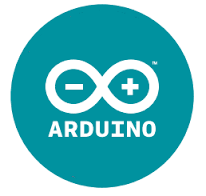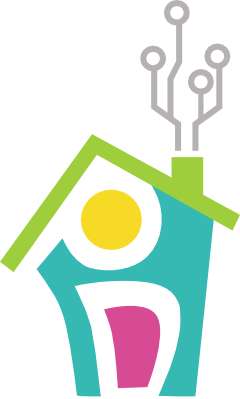Build a Toolbox
To start building custom home automation projects, you’ll first need to build a toolbox of both items and skills. The list I propose below is a recommendation on how to get started. Your toolbox will likely end up being slightly different and will evolve over time. For our future projects, I will assume that these basic items are in your toolbox and that we won’t need to purchase/learn them anew.
As a side-note on blog building, a friend suggested that we register with Amazon Associates, that way if anyone purchases the items linked on our blog, we will receive a small percentage of the sale. All of the links below are now linked through this program!
Physical Toolbox
| Arduino Prototyping | ||
|---|---|---|
| Arduino Mega2560 |
 |
Most of our projects require a micro-controller such as the Arduino Mega or Uno. They are easy to learn how to use and have a strong community available for questions, support, and ideas. |
| Custom Circuit Starter Kit |
 |
To get started with the Arduino, it helps to get a kit of basic custom circuit prototyping parts. We will use these items over and over again in our projects during the prototyping and design phases before creating the final product. Consider getting the Starter Kit with Arduino Mega2560 |
| Arduino Software |  |
Download the Arduino software to start creating sketches in C/C++. |
| Multimeter |
 |
The Arduino and some of the components we will use are pretty particular about the types and magnitude of current and voltage they can handle, so this tool will come in handy to make sure we don't fry too many things. We will fry some things though. You can be sure of that. |
| Soldering | ||
| Soldering Stand |
 |
The soldering iron is a handy tool for creating custom circuits. It does require a little bit of practice and finesse--I list some helpful places to start gaining this skill in the Mental Toolbox below. |
| Solder |
 |
We'll need solder to do the soldering. |
| Soldering Helping Hand |
 |
I tried to get by without this handy soldering assistant at first, but quickly realized it was a necessity after burning a few of TheConnMan's fingers from having him hold the circuits. |
| Double-Sided Circuit Board |
 |
We'll need these boards to create custom shields from the Arduino once our design is finalized. |
| Hook-up Wire Kit |
 |
We'll use these wires to create custom circuit shields for the Arduino and more. |
| Needle Nose Pliers |
 |
These pliers are very useful for detailed work with wires. |
| Multi Tool Stripper, Cutter, and Crimper |
 |
We'll use this multi-tool for stripping, cutting, and crimping wires for custom circuits. |
Now that we’ve got our Physical Toolbox squared away, there are also a few pieces of knowledge and skills that we will assume you’ve got as we go through these projects. If you don’t currently have these items under your belt, we’ll provide a few links below for good places to start honing these skills.
